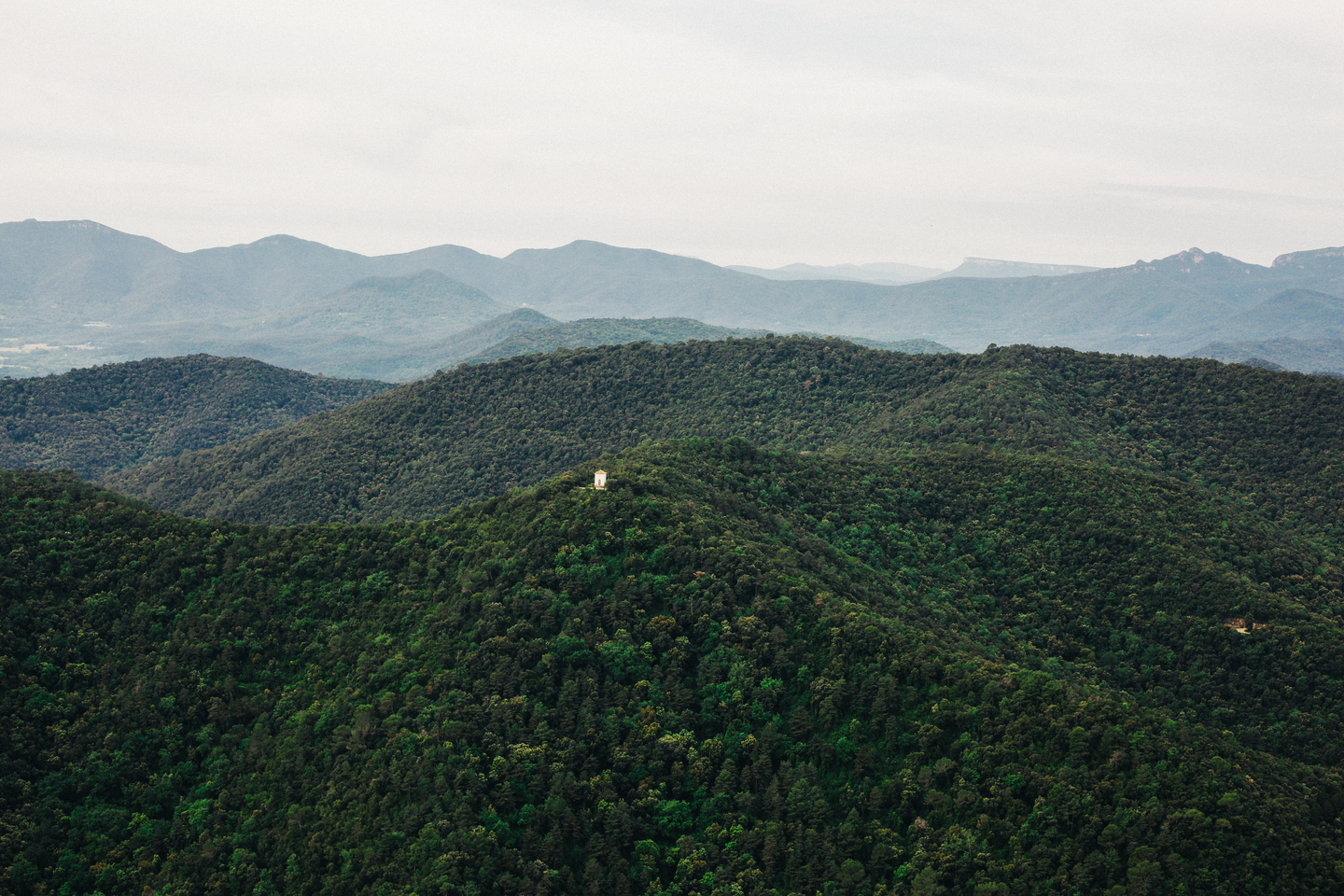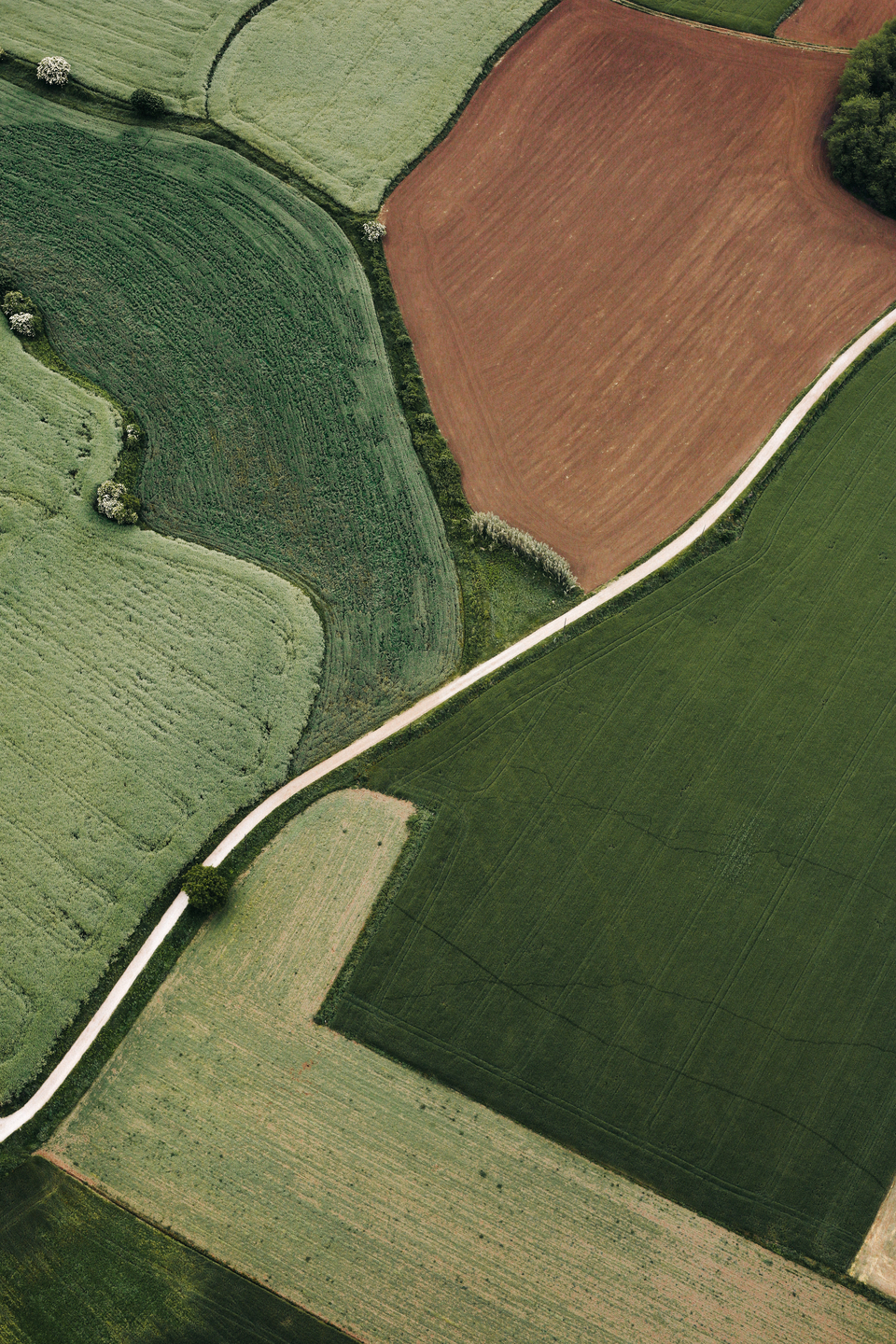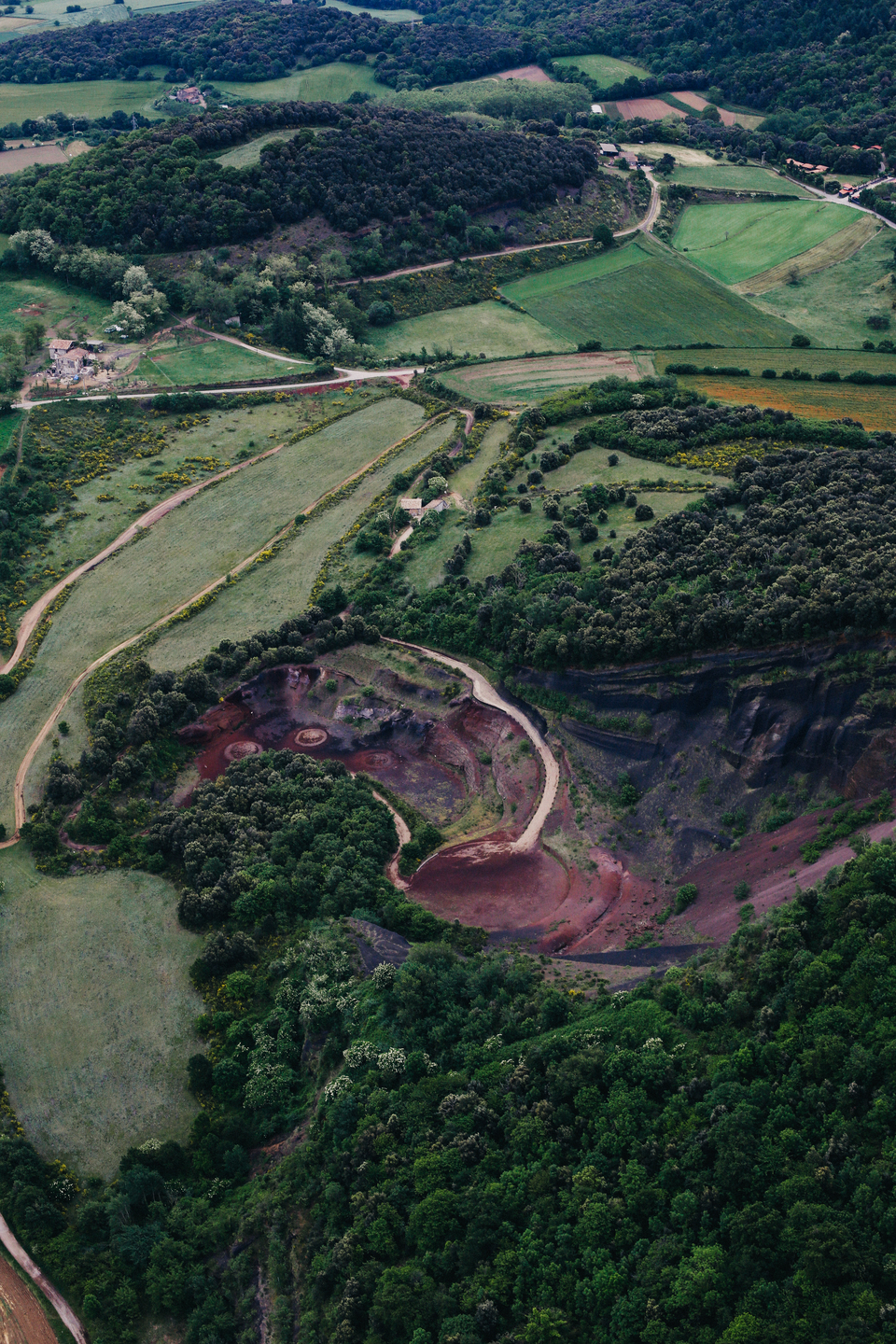
La Garrotxa is one of them. A land of volcanoes that hides, beneath its lush vegetation, a past of fire and magma, now transformed into a landscape of singular beauty.
Situated at a strategic point between the Mediterranean Sea and the Pyrenees, la Garrotxa is a region that surprises with its variety. Here, nature appears in the form of mysterious beech forests, trails that climb through mountains and deep valleys, streams that cross meadows, and steep cliffs that shape the horizon. And at the heart of it all, the volcanoes: over forty cones and lava flows drawing a landscape shaped by time and by its origins.
Walking through these places is discovering without expecting it. The gentle forms of the land conceal, beneath layers of vegetation, their ancient, eruptive nature. Volcanoes such as Croscat and Santa Margarida, now accessible and symbolic landmarks, remind us of the force that once shaped everything. And when you realise it, when you connect what you see with what it once was, you feel a strange yet intense gratitude: that of treading on land that has undergone profound transformations and now invites you to contemplate it slowly.


La Garrotxa is also a land of culture. A territory where the traces of the past live alongside contemporary creation, with towns like Olot, where modernist architecture, art, nature, and a vibrant pulse invite you to linger a little longer. From here, routes like the Via Annia or the path from Sadernes to Santa Bàrbara unfold, offering views of the region from above, as if it were a living mosaic of stone, forest, and memory.
Discovering la Garrotxa is to understand that landscapes can be both ancient and new at the same time, and that their strength comes not only from what they reveal, but even more from what they conceal.

